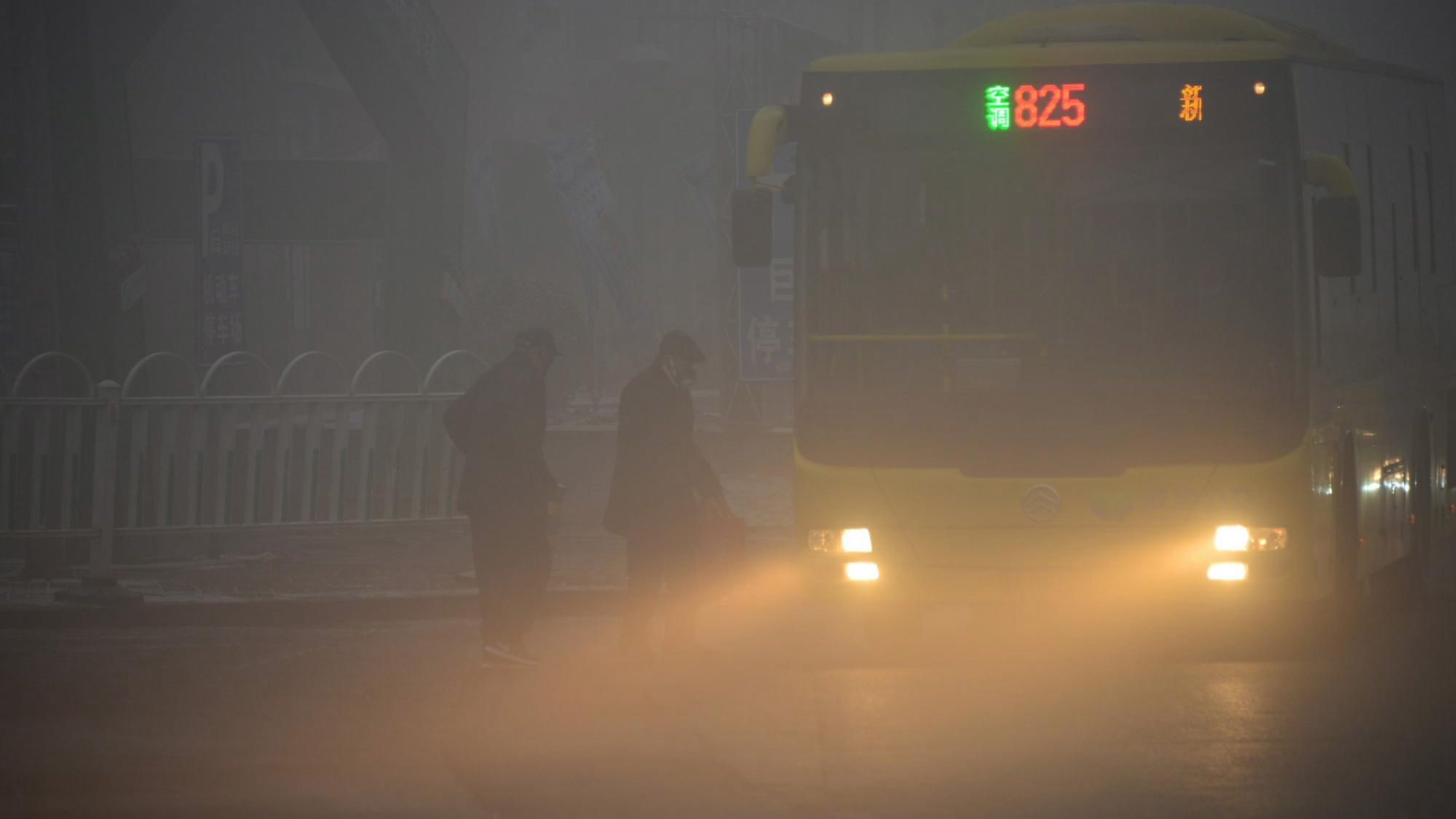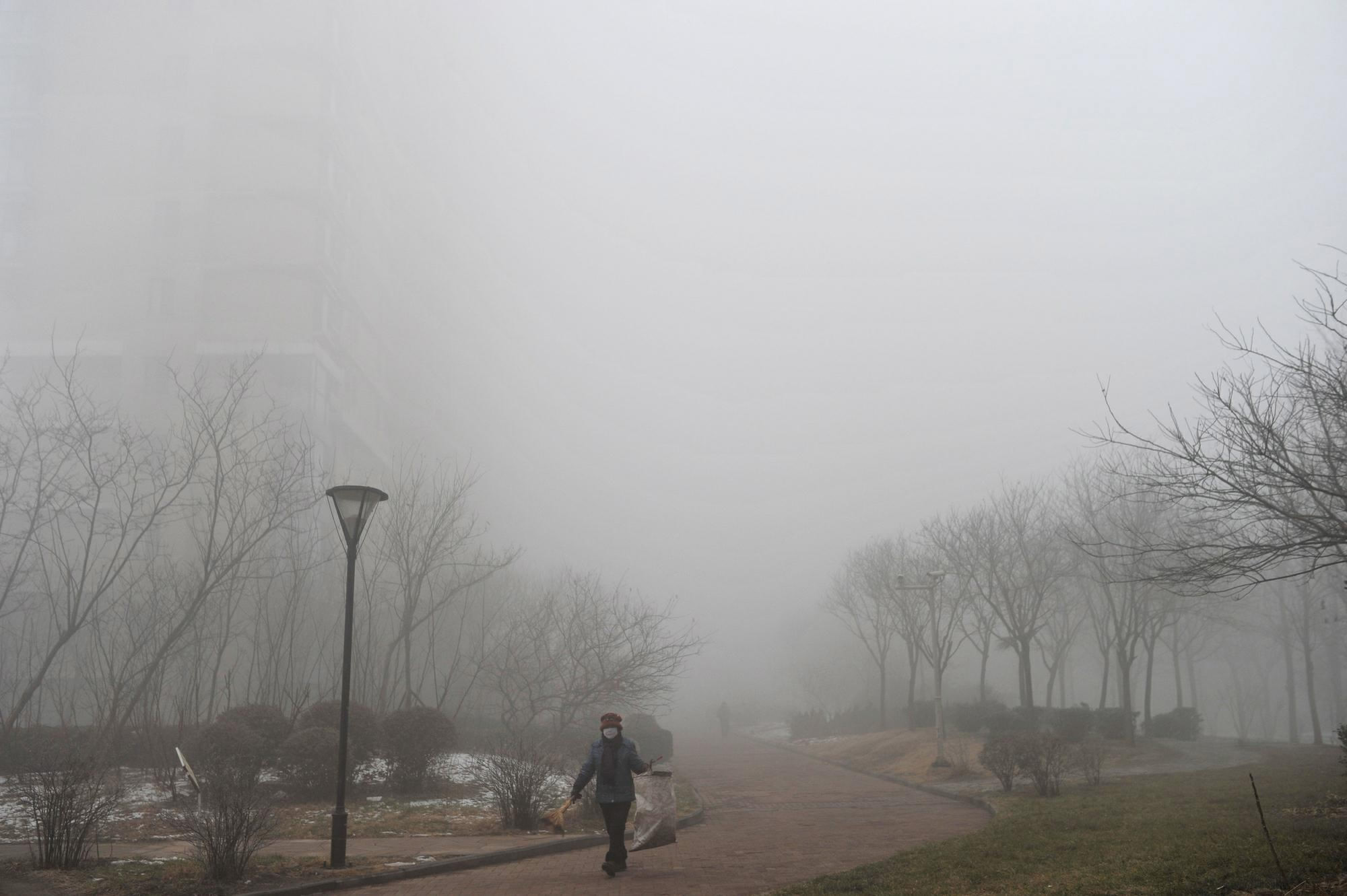
Tech & Sci
18:06, 05-Jan-2017
En route to clean energy: Tianjin introduces extra 500 electric buses
Updated
10:31, 28-Jun-2018

Amid dense haze and soaring pollution levels, 500 electric buses made their debut on Wednesday in the northern Chinese city of Tianjin.
The move is the latest push for carbon-free transportation in a city notorious for its poor air quality, and a reminder of the country’s commitment to its war on pollution.
Tianjin Bus Group teamed up with Shenzhen-based BYD, China's biggest electric car manufacturer, on the project. A full charge allows the coaches to travel a distance of more than 200 kilometers, according to Wang Deqi, from the bus group, providing enough energy to cover their daily route.
A fleet of 3,220 clean energy buses already operates in Tianjin, of which 1,346 are electrically powered.
The group also opened a charging station, the largest in the Beijing-Tianjin-Hebei region. The facility is capable of serving 80 buses at once and 448 buses in a day.

China had 107,000 charging poles for electric vehicles by October 2016. This picture shows a worker plugging in an electric bus at a charging station in the city of Handan, north China's Hebei Province on January 29, 2015./ CFP Photo
China had 107,000 charging poles for electric vehicles by October 2016. This picture shows a worker plugging in an electric bus at a charging station in the city of Handan, north China's Hebei Province on January 29, 2015./ CFP Photo
China, the world’s biggest electric bus market as of December 2015, has been increasingly investing in alternative fuel vehicles, especially electric ones, and relevant infrastructure in a bid to combat its decades-long pollution problem. Low air quality is further aggravated during winter time as power plants start burning coal to provide heating for residents.
Tianjin, much like other cities predominantly in the northern region of China, has been choking on smog for the last few weeks – a situation exacerbated by a recent spell of fog.
On the same day the buses hit the road, China’s national observatory renewed its orange alert for heavy smog - the second highest level on the country's warning system - in Tianjin and around 20 other cities, including Beijing.
The meteorological body also renewed a red alert for thick fog, the highest on a four-tier scale.
Visibility is expected to fall below 200 meters and in severe cases to less than 50 meters.
The current bout of smog has lingered since December 31 and is not expected to disperse before Friday, January 6.

Orange alert for smog has been activated in Tianjin since December 31. This photo shows a woman crossing a foggy park on January 1, 2017. /CFP Photo
Orange alert for smog has been activated in Tianjin since December 31. This photo shows a woman crossing a foggy park on January 1, 2017. /CFP Photo
The murky haze has shut schools and expressways, restricted traffic and disrupted flights.
The central government has been stepping up efforts to tackle the issue, cutting down the country’s coal consumption, closing outdated factories, pulling obsolete vehicles off the road and deploying inspection teams to supervise environmental measures in industrial enterprises.
As China tries to wean itself off coal dependence, it is forging a bond with sustainable transportation.
According to China's 13th Five-Year Plan (2016-2020), a nationwide network of charging stations will come into force by 2020, fulfilling the power demands of five million electric vehicles.
By the end of October 2016, China had 107,000 charging poles for electric vehicles – a staggering increase of 118 percent year on year, data from the National Energy Administration showed.
Another 170,000 private ones were also scattered around the country.
In 2020, China’s share of the global electrified bus market is expected to amount to more than 50 percent, and the country has been prepping itself with adequate infrastructure.
Last month, Shu Yinbiao, chairman of the State Grid, the world’s largest electric utility company in the world, announced that the company plans to expand the public networks for electric vehicles, building 10,000 charging stations and 120,000 charging poles in the next three years.

SITEMAP
Copyright © 2018 CGTN. Beijing ICP prepared NO.16065310-3
Copyright © 2018 CGTN. Beijing ICP prepared NO.16065310-3